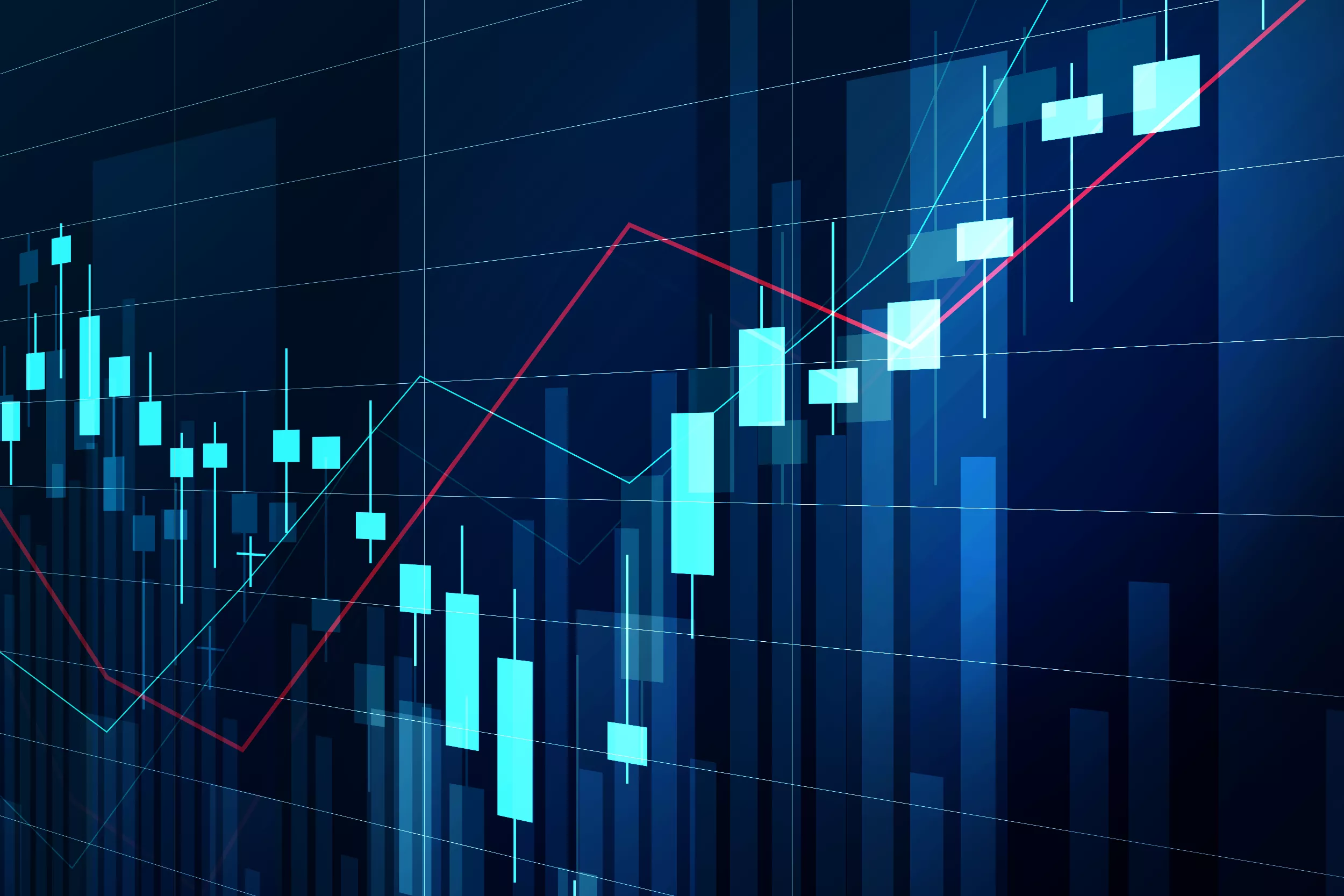Federal Reserve Chairman Jerome Powell had a consistent message for investors on Wednesday: patience.
Time and again, the chairman stressed that the Fed has the ability and obligation to wait and see how tariff policy evolves and the economic distortions that come with it.
As the Fed noted in its policy statement, the first distortion came from export data, which weighed on first-quarter GDP. Powell also noted that survey data reflected considerable uncertainty among businesses and households. Ongoing trade negotiations also make the outlook less predictable.
“For now, it would be best for us to wait for greater clarity before considering adjusting our policy stance,” Powell said in prepared remarks Wednesday. That theme resurfaced as the question-and-answer session with the Fed chairman progressed.
But what began as an insistence on patience morphed into the outlines of a plan that ultimately is less preemptive than reactive. Specifically, the Fed will wait and see if economic conditions in the U.S. deteriorate. Only then will it be forced to act.
Back in 2019, Powell noted some signs of weakness in the economy, and with inflation running below the Fed’s 2% target, the Fed cut rates three times to avoid a further slowdown. Before the pandemic hit the global economy, the Fed and markets had what some called “the easiest year ever for investors.”
By 2025, the central bank will no longer face such a situation.
Currently, inflation is above the Fed’s 2% target. The prospect of tariffs could push inflation higher — even temporarily — further away from the target. Powell also acknowledged that some predict a weaker economy or even a recession.
“My gut tells me that uncertainty about the path of the economy is extremely high and downside risks have increased,” Powell said at a news conference.
The central bank noted in its policy statement that “uncertainty about the economic outlook has increased further” since March. The statement added that “the committee is concerned about the risks to its dual mandate and judges that the risks of higher unemployment and higher inflation have increased.”
However, focus does not produce the ability to predict.
“In any case, the (current economic) situation is not something we can preempt because we don’t actually know what the correct response to the data is until we see more data,” Powell said.
Just before the Fed’s announcement on Wednesday, President Trump said he had no plans to cut 145% tariffs on China.
With the economy actually accelerating, Powell believes the Fed’s approach must be to slow down. The market still expects the Fed to cut interest rates three times this year, but on Wednesday, the prospect of a rate cut next month dimmed further.
“As we go through the week and month, we’ll know more about the ultimate outcome of the tariffs. As we start to see those changes, we’ll know what the impact is. So we think we’ll be learning as we go along. I can’t tell you how long it will take, but it seems like we’ve made a pretty clear decision at this point to wait and see,” Powell said.
Related topics:
































